Archive
Focus on Architecture and Sculpture
- Book
- Focus on Architecture and Sculpture
Word Count: 5
- Helmut Gernsheim
- 1949
- 1949
The Fountain Press, 46-47 Chancery Lane, Holborn, London WC2.
- English
- London (GB)
Focus on Architecture and Sculpture by émigré photographer Helmut Gernsheim brought together his work and experience as a photographer for the National Buildings Record (NBR).
Word Count: 25
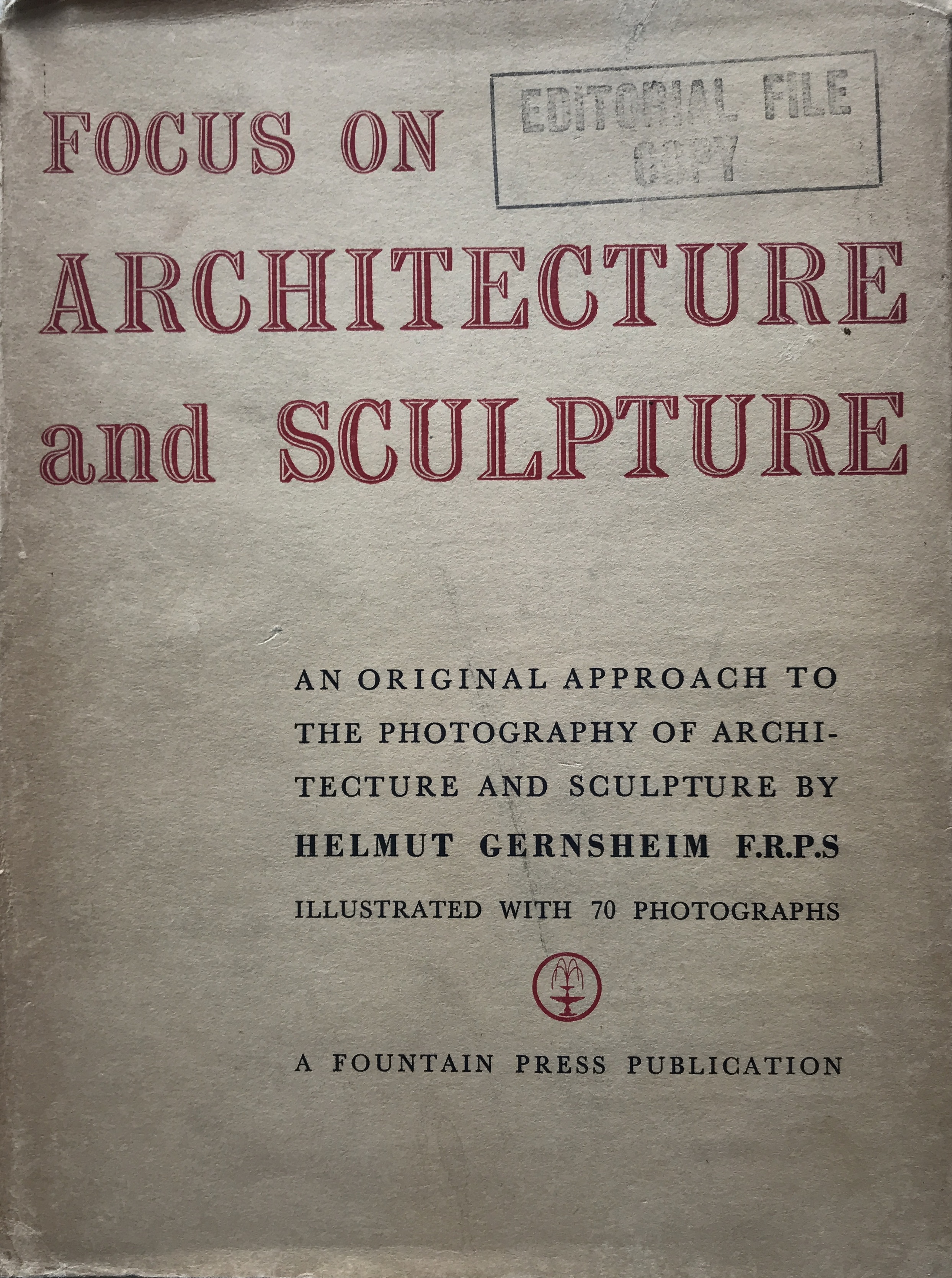
Helmut Gernsheim. Focus on Architecture and Sculpture. An Original Approach to the Photography of Architecture and Sculpture. The Fountain Press, 1949, cover (Archive Burcu Dogramaci). 
Helmut Gernsheim. Focus on Architecture and Sculpture. An Original Approach to the Photography of Architecture and Sculpture. The Fountain Press, 1949, pl. 1 (Archive Burcu Dogramaci). 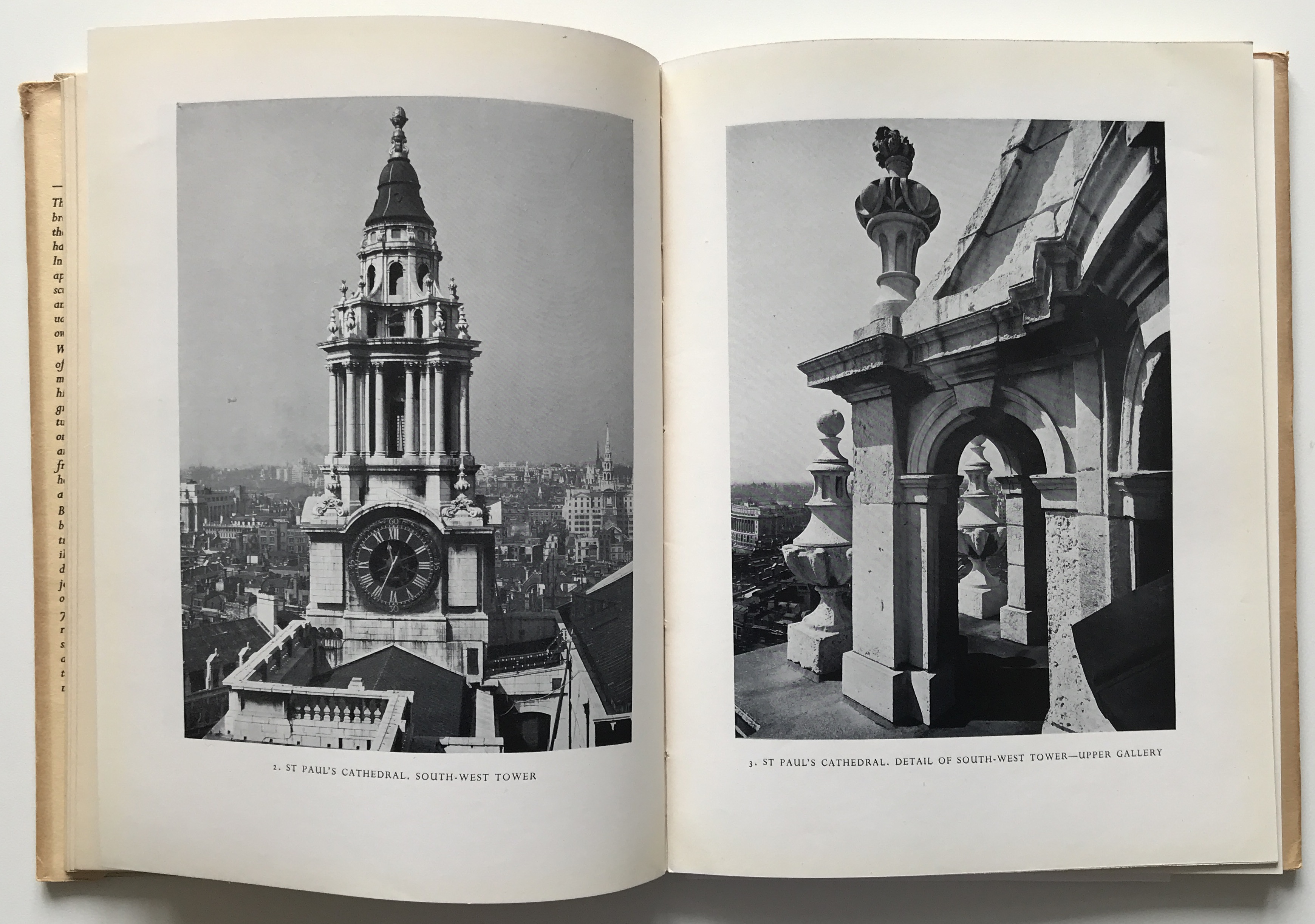
Helmut Gernsheim. Focus on Architecture and Sculpture. An Original Approach to the Photography of Architecture and Sculpture. The Fountain Press, 1949, pl. 2 and 3 (Archive Burcu Dogramaci). 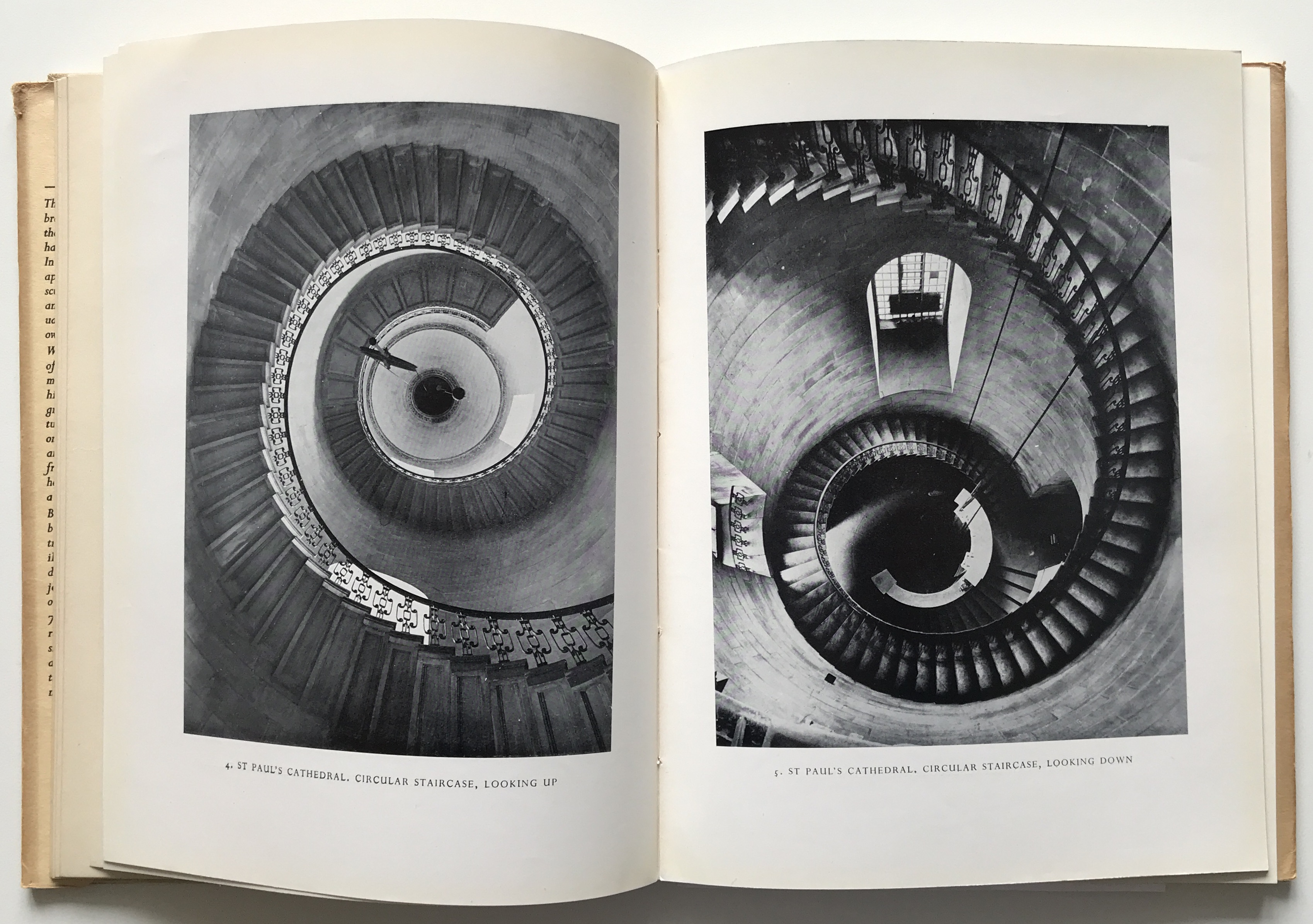
Helmut Gernsheim. Focus on Architecture and Sculpture. An Original Approach to the Photography of Architecture and Sculpture. The Fountain Press, 1949, pl. 4 and 5 (Archive Burcu Dogramaci). 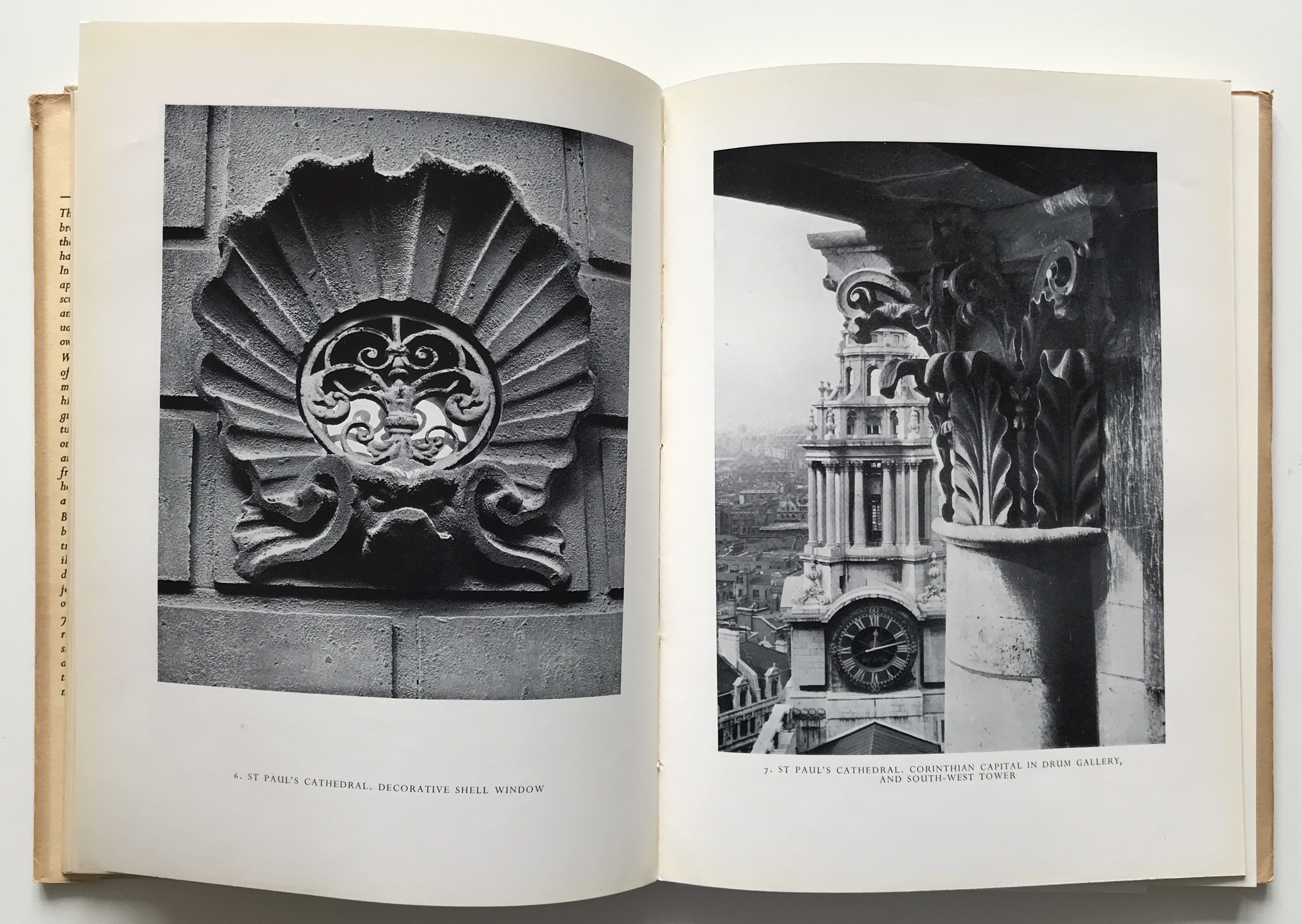
Helmut Gernsheim. Focus on Architecture and Sculpture. An Original Approach to the Photography of Architecture and Sculpture. The Fountain Press, 1949, pl. 6 and 7 (Archive Burcu Dogramaci). 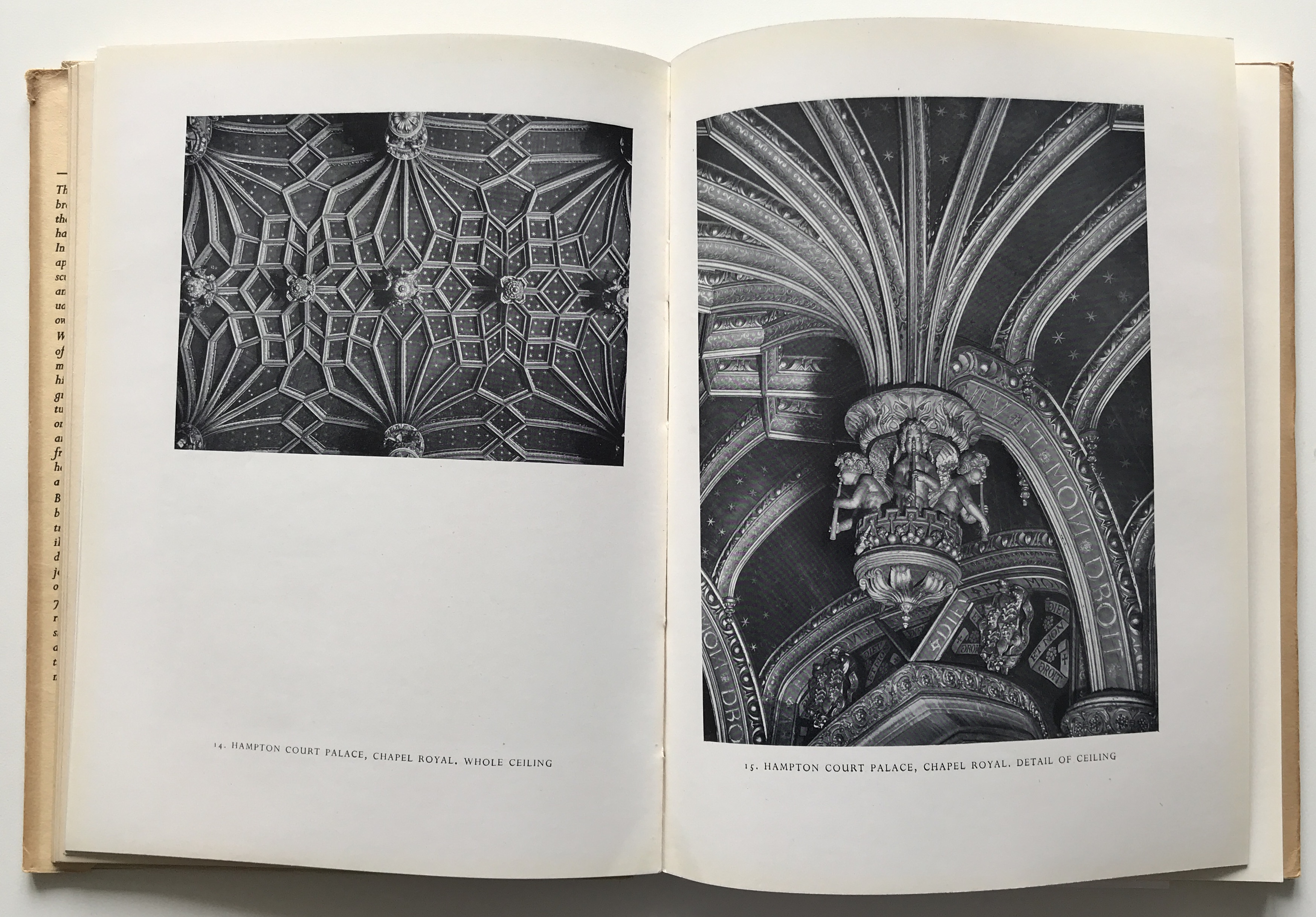
Helmut Gernsheim. Focus on Architecture and Sculpture. An Original Approach to the Photography of Architecture and Sculpture. The Fountain Press, 1949, pl. 14 and 15 (Archive Burcu Dogramaci). 
Helmut Gernsheim. Focus on Architecture and Sculpture. An Original Approach to the Photography of Architecture and Sculpture. The Fountain Press, 1949, pl. 52 and 53 (Archive Burcu Dogramaci). 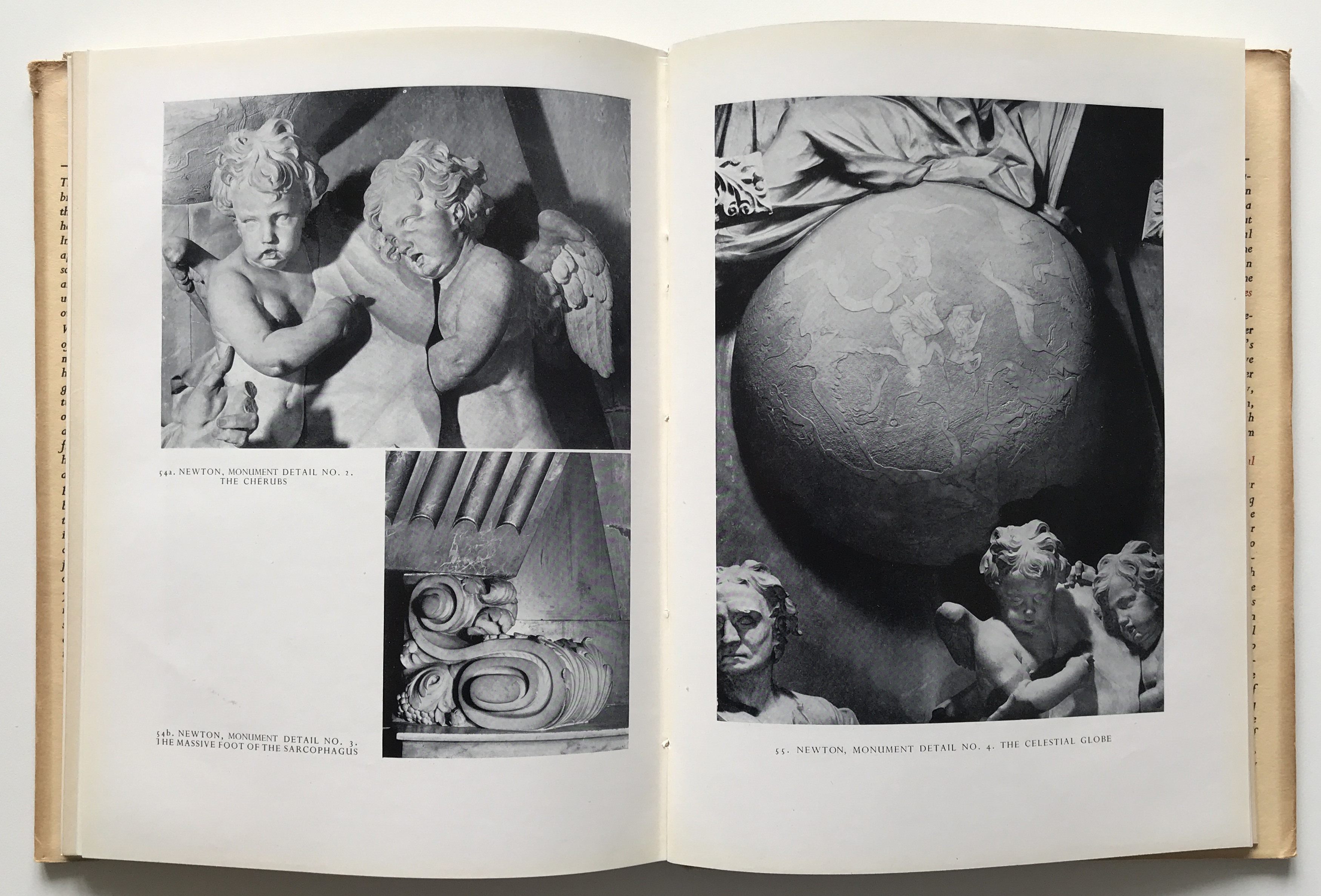
Helmut Gernsheim. Focus on Architecture and Sculpture. An Original Approach to the Photography of Architecture and Sculpture. The Fountain Press, 1949, pl. 54a, 54b and 55 (Archive Burcu Dogramaci). 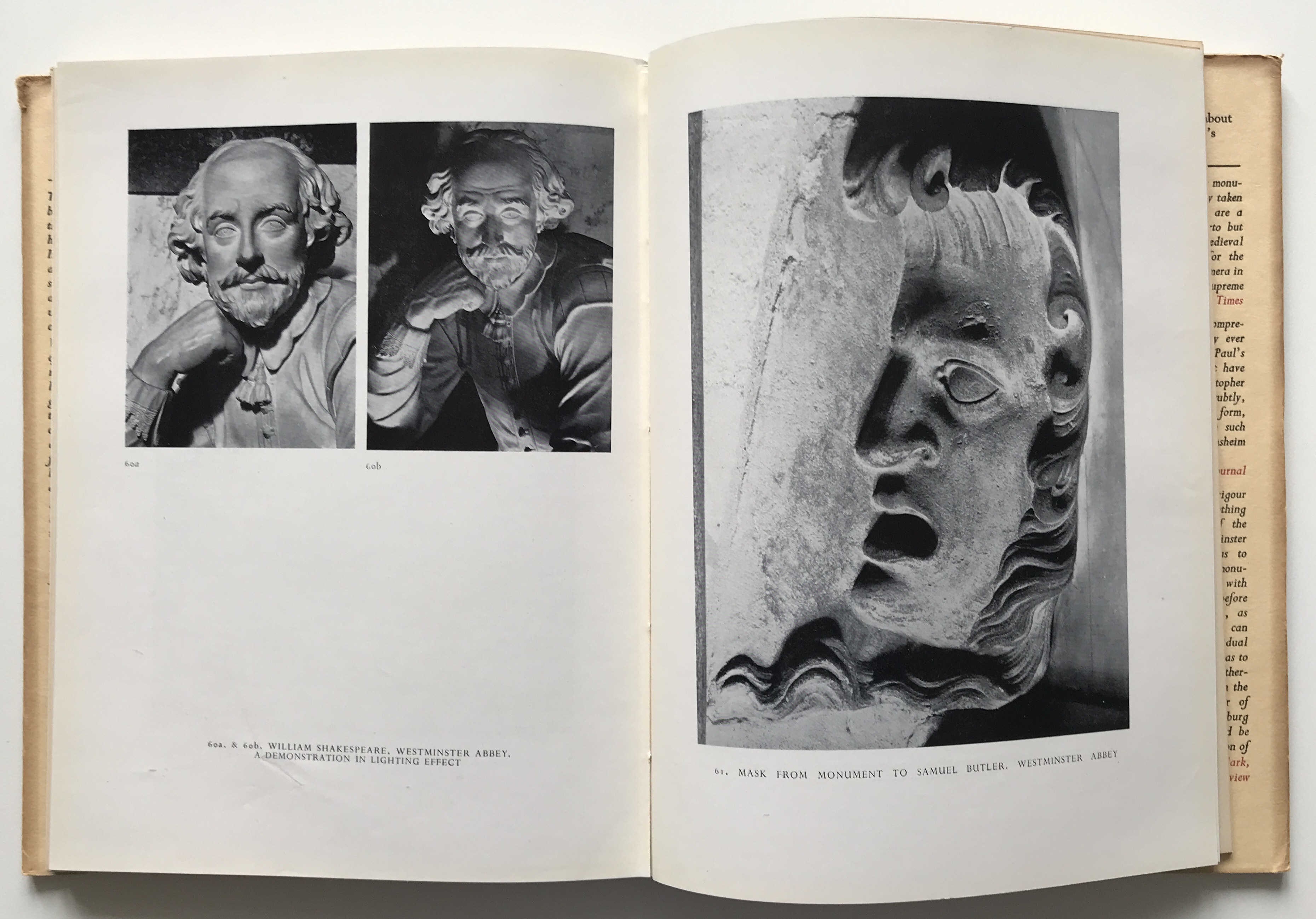
Helmut Gernsheim. Focus on Architecture and Sculpture. An Original Approach to the Photography of Architecture and Sculpture. The Fountain Press, 1949, pl. 60a and 60b (Archive Burcu Dogramaci). Anderson, Joanne. “Helmut Gernsheim and the National Buildings Record (NBR).” Image Journeys. The Warburg Institute and a British Art History (Veröffentlichungen des Zentralinstituts für Kunstgeschichte in München, 49), edited by Joanne W. Anderson et al., Dietmar Klinger Verlag, 2019, pp. 132–134.
Dogramaci, Burcu. “New Photo Vision. Architektur- und Skulpturfotografien von Helmut Gernsheim.” Architekturfotografie. Darstellung – Verwendung – Gestaltung, edited by Hubert Locher and Rolf Sachsse, Deutscher Kunstverlag, 2016, pp. 40–55.
Gernsheim, Helmut. Letter to Fritz Saxl (The Warburg Institute Archive, London, 20 November 1941).
Gernsheim, Helmut. New Photo Vision. The Fountain Press, 1942.
Gernsheim, Helmut, editor. The Man Behind the Camera. The Fountain Press, 1948.
Gernsheim, Helmut. Focus on Architecture and Sculpture. An Original Approach to the Photography of Architecture and Sculpture. The Fountain Press, 1949.
Gernsheim, Helmut, and Alison Gernsheim. The History of Photography from the Earliest Use of the Camera Obscura in the Eleventh Century up to 1914. Oxford University Press, 1955.
Helmut Gernsheim. Pionier der Fotogeschichte (Publikation der Reiss-Engelhorn-Museen, 9), edited by Alfried Wieczorek and Claude W. Sui, exh. cat. Forum Internationale Photographie der Reiss-Engelhorn-Museen, Mannheim, 2003.
Hill, Paul, and Thomas Cooper. “Interview with Helmut Gernsheim.” Idem. Dialogue with Photography. Dewi Lewis Publishing, 1979, pp. 160–210.
Lehrjahre, Lichtjahre. Die Münchner Fotoschule 1900–2000, edited by Ulrich Pohlmann and Rudolf Scheutle, exh. cat. Fotomuseum im Münchner Stadtmuseum, Munich, 2000.
Mandowsky, Erna. “Focus on Architecture and Sculpture by Helmut Gernsheim (review).” The Burlington Magazine, vol. 92, no. 573, December 1950, p. 362. JSTOR, www.jstor.org/stable/870667. Accessed 9 April 2021.
Mann, Nicholas. “Past, present and future.” Porträt aus Büchern. Bibliothek Warburg und Warburg Institute. Hamburg – 1933 – London, edited by Michael Diers, exh. cat. Staats- und Universitätsbibliothek Hamburg Carl von Ossietzky, Hamburg, 1993, pp. 133–143.
Moholy, Lucia. A Hundred Years of Photography 1839–1939. Penguin Books, 1939.
Pevsner, Nikolaus. “Foreword.” Helmut Gernsheim. Focus on Architecture and Sculpture. An Original Approach to the Photography of Architecture and Sculpture, The Fountain Press, 1949, pp. 9–13.
Saxl, Fritz. Letter to Helmut Gernsheim (The Warburg Institute Archive, London, 29 December 1944).
Summerson, John. 50 years of the National Buildings Record 1941–1991. Royal Commission of Historical Monuments, 1991.
Warburg, Eric M. “The Transfer of the Warburg Institute to England.” The Warburg Institute Annual Report 1952–1953, n.d. [1953], pp. 13–16.
Word Count: 341
My thanks go to the Warburg Institute in London and the Reiss-Engelhorn-Museen in Mannheim, which gave me access to the photographs and papers of Helmut Gernsheim.
Word Count: 26
- London
- Burcu Dogramaci. "Focus on Architecture and Sculpture." METROMOD Archive, 2021, https://archive.metromod.net/viewer.p/69/1470/object/5140-11259719, last modified: 27-04-2021.
-
Wolf SuschitzkyPhotographerCinematographerLondon
The Viennese Wolf Suschitzky made a career as a photographer and cinematographer after emigrating to London in 1935.
Word Count: 17
A Hundred Years of Photography 1839–1939BookLondonSix years after her arrival in London, the photographer Lucia Moholy published her book A Hundred Years of Photography 1839–1939, on the occasion of the centenary of photography.
Word Count: 27
The Story of ArtBookLondonThe Story of Art by the émigré art historian Ernst H. Gombrich was published in 1950 with Phaidon Press. The book is a comprehensive and accessible introduction to visual culture.
Word Count: 29
The Warburg InstituteResearch InstituteLondonThe Kulturwissenschaftliche Bibliothek Warburg in Hamburg achieved a new presence in London after 1933 under the name The Warburg Institute as a research institution with a library and photo archive.
Word Count: 29
Visual Pleasures from Everyday ThingsBookletLondonVisual Pleasures from Everyday Things is a booklet written in 1946 by the emigrated architectural historian Nikolaus Pevsner with the aim of aesthetic education and teacher training.
Word Count: 26
Roland, Browse & DelbancoGalleryArt DealerLondonÉmigré art historians and art dealers, Henry Roland and Gustav Delbanco, along with Lillian Browse, opened their Mayfair gallery, Roland, Browse & Delbanco, in 1945.
Word Count: 24